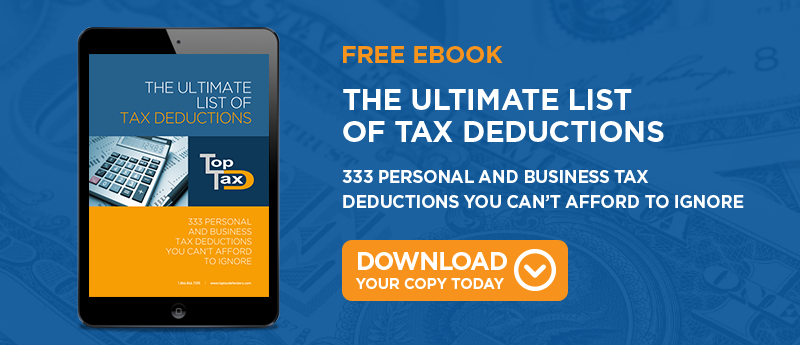
Home business owners are responsible for keeping up with several income tax forms each year. Depending on the type of business they operate, these entrepreneurs may have to file many forms and schedules along with their Form 1040. Since each form carries a separate set of instructions, the thought of learning how to complete them all can be overwhelming.
The good news is that there are only a few forms that every home business owner needs to be familiar with. After learning about these essential forms, an entrepreneur can usually care for the rest easily. Here are three tax forms home business owners need the most.
Schedule C: Profit or Loss From Business
Schedule C is arguably the most important tax form for any entrepreneur. If you're self-employed, you must report your profit or loss on this form. After giving your pertinent company information such as your company name, business address, and EIN, you'll report your total revenue for the year in one section minus the cost of goods sold and your business expenses in another. The business expenses section is helpfully categorized according to the type of expense, which can help you keep up with which costs are deductible. Qualified deductions include advertising, supplies, office expense, payroll, and inventory.
Schedule SE: Self-Employment Tax
Yet another critical tax form for home business owners is Schedule SE. This form is used to calculate the appropriate amount of self-employment tax due along with the return. Since home business owners do not have employers, they are required to submit both parts of FICA tax, which includes Social Security and Medicare taxes. On Schedule SE, business owners take 92.35 percent of their net profit and then figure their tax by multiplying this figure by 15.3 percent. After arriving at their total, these entrepreneurs qualify to deduct an amount equal to half of their tax as an adjustment to income on Form 1040.
Form 8829: Business Use of Home
A business owner who operates his company out of his home qualifies for a special tax deduction called business use of home. To claim this deduction, he must complete Form 8829 and include it along with his tax return. On Form 8829, home business owners can calculate the square footage of their office space and then claim a portion of their home expenses as a deduction based on the office area. Qualified expenses include utilities such as electricity and water, as well as repairs, telephone charges, and even a share of the mortgage. To be eligible for this home office tax deduction, the office space must be used regularly and exclusively for business.
While this list is by no means comprehensive, the three forms listed above are the most important tax forms for home business owners. If you operate a home business and you need additional assistance, contact a qualified tax professional for help.




